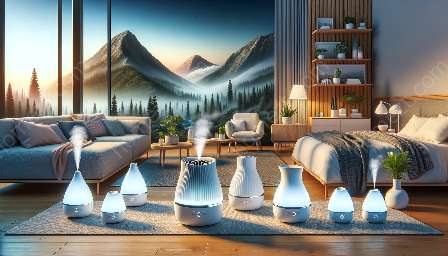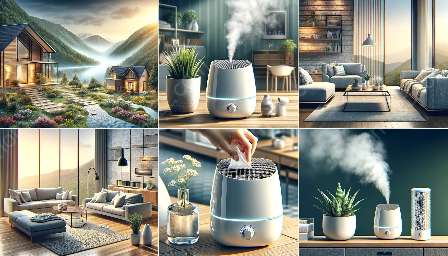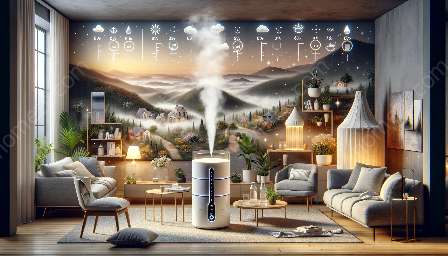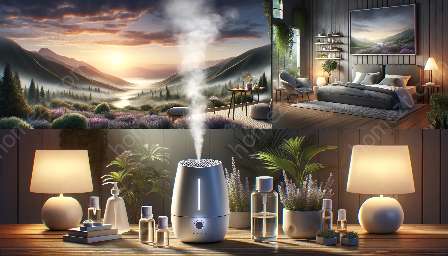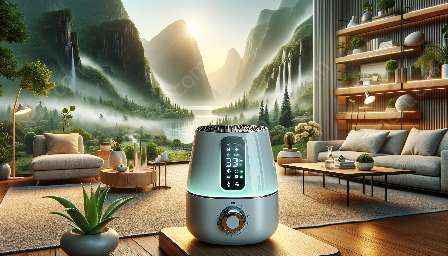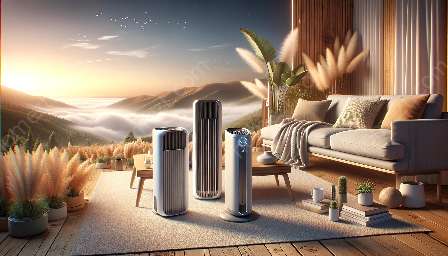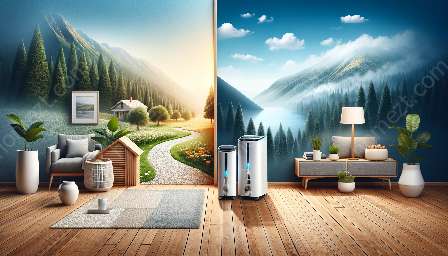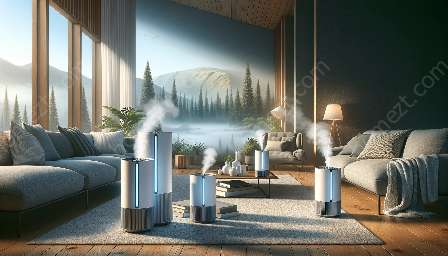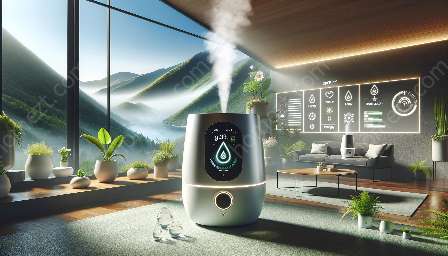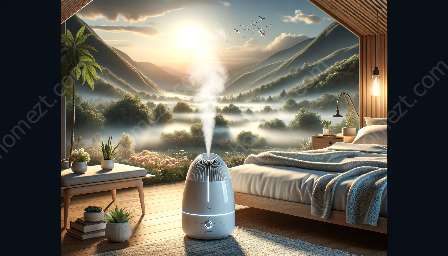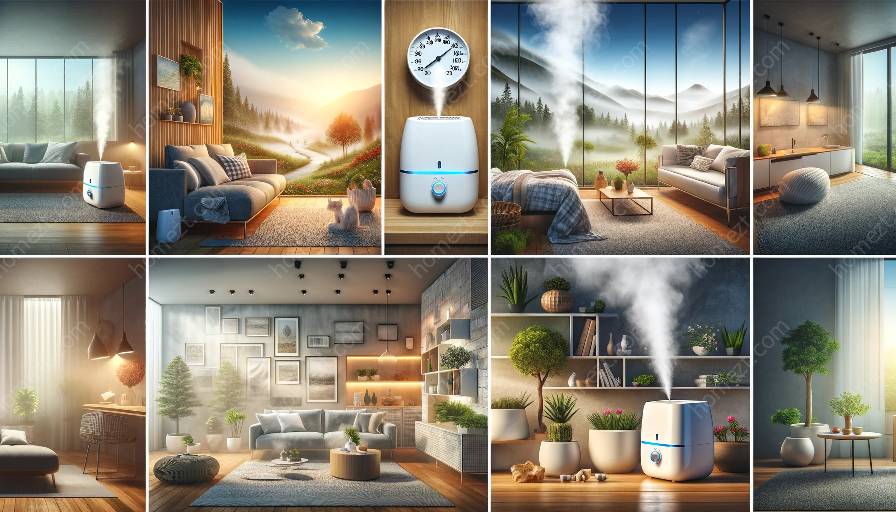When it comes to maintaining a comfortable and healthy living environment, controlling home humidity is crucial. High humidity levels can lead to mold growth and worsen allergies, while low humidity can cause dry skin and respiratory issues. In this guide, we'll explore the best practices for managing home humidity, including the use of humidifiers and home appliances.
Understanding Home Humidity Levels
Before delving into the best practices, it's important to understand the ideal humidity levels for your home. The Environmental Protection Agency (EPA) recommends keeping indoor humidity levels between 30-50% for optimal comfort and health.
Best Practices for Controlling Home Humidity
1. Use a Hygrometer: Start by measuring the humidity levels in your home using a hygrometer. This will help you understand whether you need to increase or decrease the humidity.
2. Proper Ventilation: Ensure proper ventilation in your home by using exhaust fans in kitchens and bathrooms. Good airflow can help regulate humidity levels.
3. Address Leaks and Moisture: Repair any leaks and address moisture issues in your home to prevent the buildup of excess humidity.
4. Use a Dehumidifier: In areas with high humidity, consider using a dehumidifier to remove excess moisture from the air.
5. Proper Storage: Store moisture-producing items like firewood and plants outdoors to prevent adding extra humidity to your home.
Using Humidifiers
When the air is too dry, using a humidifier can improve indoor air quality and comfort. Here are some tips for using humidifiers effectively:
1. Choose the Right Type: There are different types of humidifiers, such as cool mist and warm mist. Select the one that best suits your needs and the climate in your area.
2. Maintain Proper Humidity Levels: When using a humidifier, aim for a humidity level between 30-50% to avoid creating excessive moisture in the air.
3. Clean Regularly: Clean your humidifier regularly to prevent the buildup of mold and bacteria, which can be harmful when released into the air.
Using Home Appliances Effectively
Several home appliances can impact indoor humidity levels. Here's how to use them effectively:
1. Air Conditioners: Air conditioners not only cool the air but also reduce humidity levels. Regular maintenance of your AC unit ensures it functions efficiently in controlling home humidity.
2. Cooking Appliances: Use kitchen vent fans while cooking to reduce excess humidity from cooking activities.
3. Clothes Dryer: When using a clothes dryer, ensure proper ventilation to remove the moisture released during the drying process.
Ultimately, managing home humidity requires a combination of best practices, proper use of humidifiers, and effectively using home appliances. By following these guidelines, you can create a comfortable and healthy living space for you and your family.






